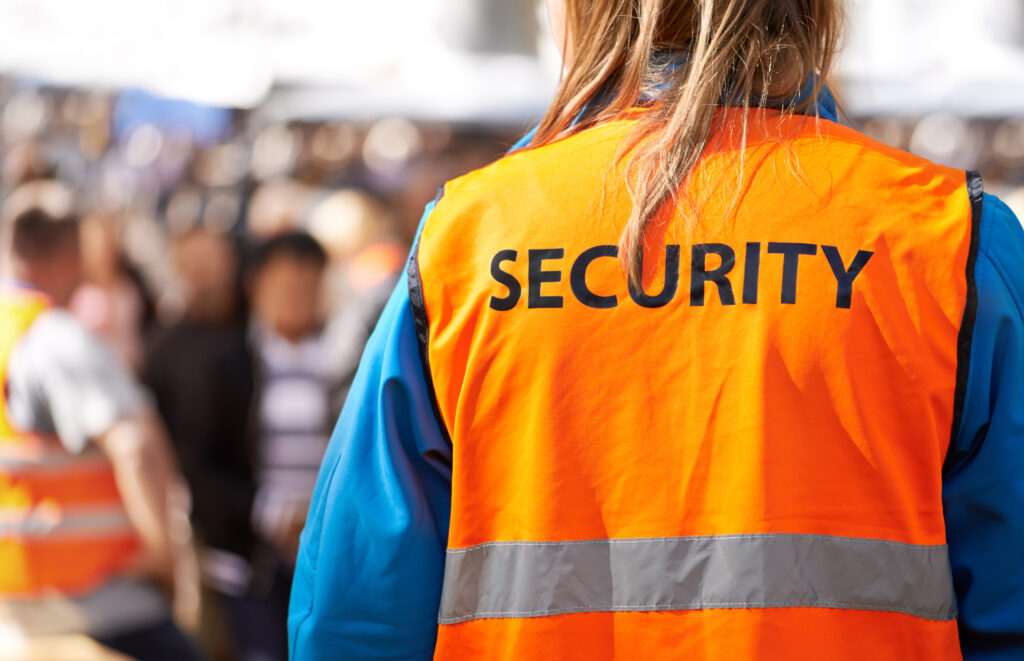With the green light for many amusement parks, carnivals, and state fairs to reopen, owners and operators need to factor in safety, especially active shooter incidents.
Most of everyone’s attention has been on opening safely in terms of COVID-19 control and prevention. While this is extremely important and highly recommended, it’s critical owners, and operators don’t lose focus on other risks like active shooter incidents.
Just last month, at the entrance to a Texas theme park, a group of teens fought when one shot another in the arm. In Florida, around the same time, a 15-year-old was arrested following a shooting at a county fair.
Unfortunately, active shooter incidents continue to be a rising trend. The best way to prepare for a possible active shooter event is to understand the types of attacks, potential contributing factors, and how to prepare for and protect your guests and business.
Types of active shooter attacks
Active shooter attacks are typically a type of mass attack that takes place in crowded and public spaces. The term “active shooter” signifies the attacker is using firearms. Other types of mass attack weapons include vehicles, bombs, knives, and fires.
Active shooter attacks can occur anywhere, but the FBI statistics indicate where they take place more frequently. 43.7% percent take place in business settings like malls and other open areas. 20.6% take place in educational settings. Around 4% take place in healthcare facilities. 10% take place on government properties, and 13.4% take place in open spaces like an outdoor event.
Current trends that influence active shooter response
We see more open space outdoor events due to COVID-19, which can pose security issues as open space events are more challenging to protect. Often the perimeter is temporary fencing that is easy to breach. The temporary boundary also doesn’t provide much privacy for the venue and leaves it exposed. One thing that can help reduce crowd friction and sizes is using timed entry. Crowd control is the first consideration when implementing strategies for better event security.
What can owners and operators do now?
Risk assessment — The first step in preparing for an active shooter incident is doing a proper 360-degree risk assessment. A risk assessment will reveal all weak links that need to be addressed.
Security plan — The results of a risk assessment will inform the security plan. A good security plan will likely recommend tighter security policies at entrances and exits. It may include adding security personnel to check bags and use metal detectors.
Training — Managers need to understand the guidelines and what to do in all emergencies. Staff should be trained, understand the emergency plan, and practice scenario drills before and during the season.
Active shooter insurance
The final layer of protection in an active shooter response plan is insurance. Owners and operators need to know that standard business liability coverage doesn’t provide adequate coverage for active shooter/workplace violence attacks. The risks associated with an active shooter event are extreme and include legal fees, judgments, settlements, and medical care. It’s critical that during the reopening phase that amusement and entertainment owners and operators understand why active shooter insurance is so important.
McGowan Allied Specialty Insurance provides coverage for active shooter incidents and every other type of coverage needed in the amusement and entertainment industry.
